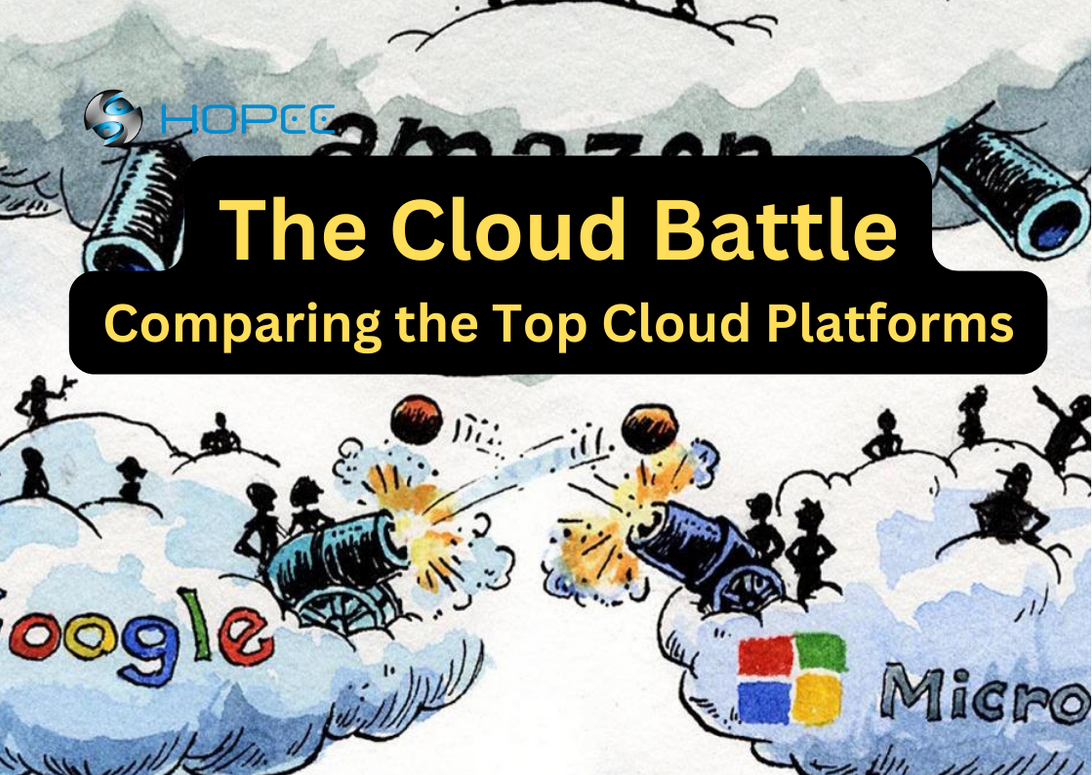Features
Big data is typically characterized by three Vs:
- Volume: Volume of data
- Variety: Various types of data
- Velocity: The speed at which data needs to be processed and analyzed
The concept of big data comes with related components that enable organizations to put data to real use and solve a number of business problems. It consists of:
- The IT infrastructure needed to support big data.
- The analysis applies to the data.
- Technology needed for big data projects related skill sets.
- And real-life cases that make sense for big data.
Big data and analytics
What really brings value from big data organizations is data analytics. Without analytics, it’s just a dataset with limited business use. By analyzing, companies can have benefits such as increased revenue, improved customer service, greater efficiency and increased competitiveness.
Data analysis involves examining sets to gather insights or draw conclusions about what they contain, such as trends and predictions about future activity. By analysis, organizations can make better business decisions, for example, when and where to run a marketing campaign or introduce a new product or service.
Analytics can refer to more advanced or intelligent business applications. Predictive analytics as application is used by scientific institutions.
The most advanced type of analysis is data mining, where analysts evaluate large data sets to identify relationships, patterns, and trends.
Data analysis includes exploratory (to identify patterns and relationships) and confirmatory data analysis (applying statistical techniques to find hypotheses about a whether the dataset is correct or not).
Another area is quantitative (or numerical with statistically comparable variables) versus qualitative data analysis (which focuses on non-personal data). such as videos, images and text).

IT infrastructure supporting big data
Organizations need to have the infrastructure in place to collect and contain data, provide access, and secure information during storage and transit.
At a high level, these include storage and server systems designed for big data, data integration and management software, business intelligence and data analysis software.
Much of this infrastructure will be centralized, as companies want to continue to leverage their data center investments. But more and more organizations are relying on cloud computing services to handle many of their requirements.
Data collection requires a source. Many of the following applications, such as web applications, social media channels, mobile applications and email storage are pre-installed.
But as IoT becomes more pervasive, companies may need to deploy sensors across all types of devices, vehicles, and products to collect data, as well as new applications that generate human data. use. IoT-driven analytics has its specialized techniques and tools.
To store all incoming data, organizations need to have enough storage capacity on-site. Storage options include traditional data warehouses, data lakes, and cloud storage.
Secure infrastructure tools may include data encryption, user authentication and other access controls, monitoring systems, firewalls, enterprise mobility management, and products other to protect system and data.
Related Technologies
In addition to the IT infrastructure used for data in general, there are some big data-specific technologies that your IT infrastructure should support.
Hadoop Ecosystem
Hadoop is one of the technologies most closely related to big data. The Apache Hadoop project develops open source software for scalable and distributed computing.
The Hadoop software library is a template that enables distributed processing of large data sets across groups of computers using simple programming models, scaling from a single server to thousands of other machines, each providing local compute and storage.
The project consists of many parts:
- Hadoop Common, common utilities that support other Hadoop parts
- Hadoop Distributed File System, which provides high accessibility of application data
- Hadoop YARN, a template for cluster resource planning and management
- Hadoop MapReduce, a YARN-based system for parallel processing of large datasets.
Apache Spark
Part of the Hadoop ecosystem, Apache Spark is an open source cluster computing template used as the big data processing engine in Hadoop.
Spark has become one of the important big data processing frameworks. It provides support methods for Java, Scala, Python (especially Anaconda Python).
If you have a Big Data project in mind, let’s keep in touch!




